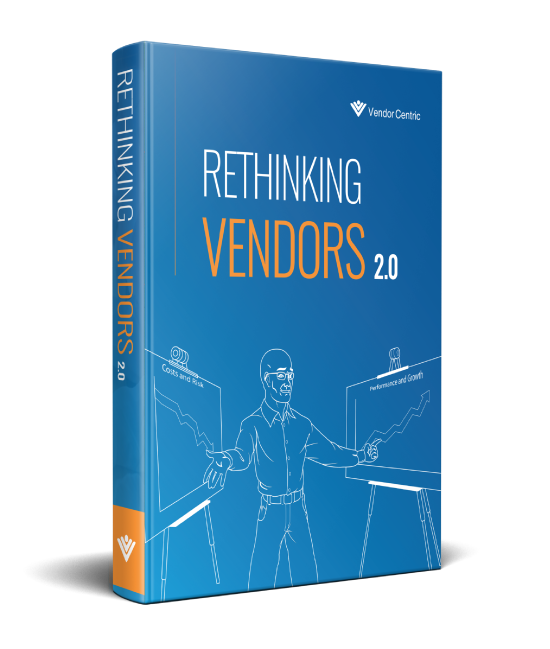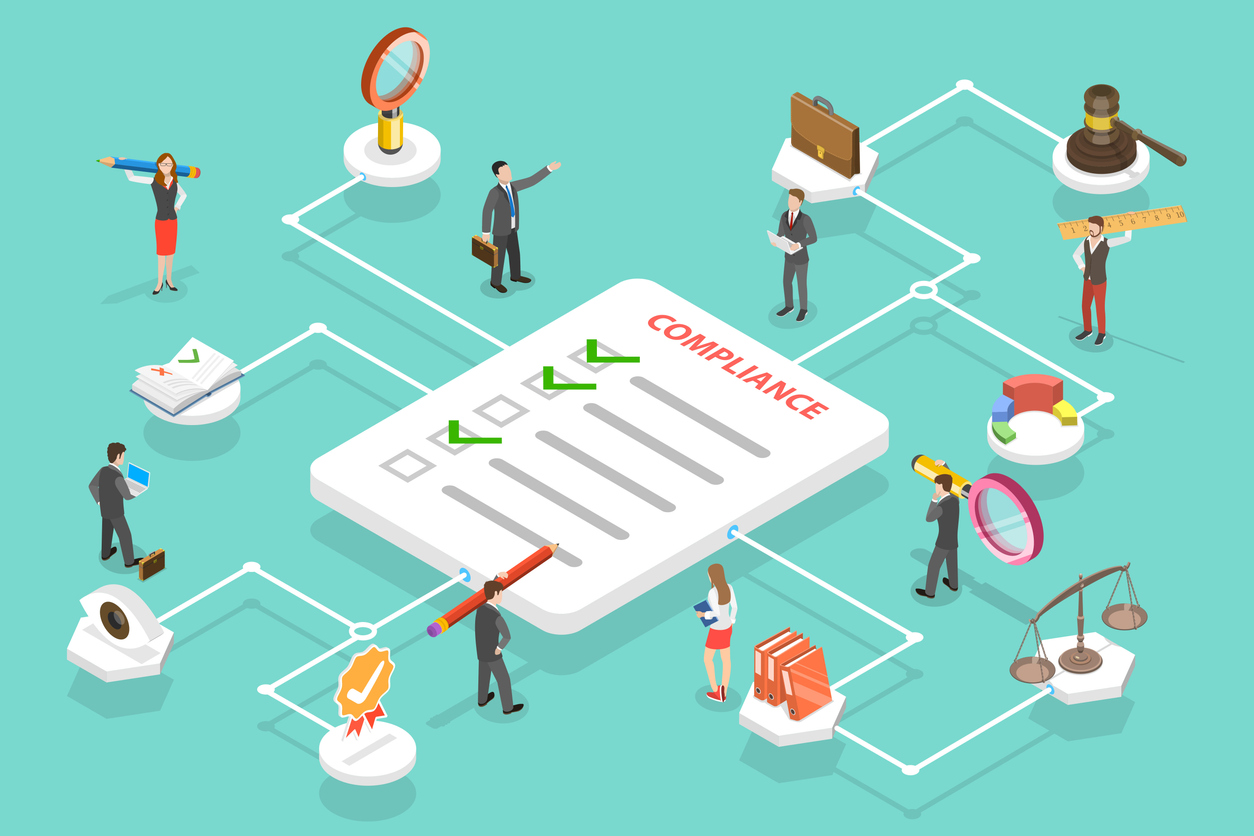At Vendor Centric, I’ve helped organizations across industries to strengthen their vendor management practices; from designing policies and programs to rolling up my sleeves and supporting implementation. One area I consistently see organizations overlooking is contract risk management.
Specifically, too many organizations rely on outdated, incomplete, or misaligned contracts with their critical vendors, and expect those contracts to protect them when something goes wrong.
Here’s the truth: even with strong vendor oversight in place, a weak contract can undermine your ability to hold vendors accountable, enforce performance, or mitigate serious risk.
In this blog, I am sharing my perspective on why contract risk management needs to be a central focus—especially for your most critical vendors.
I’ll walk through:
Let’s get into it.
Contracts Are Risk Controls—Not Just Legal Formalities
If a critical vendor experiences an outage, mishandles sensitive data, or fails to meet expectations, the contract becomes your first line of defense. And when that contract does not hold up? Your organization is left exposed.
Contracts aren’t just tools for procurement or legal teams. They are foundational to vendor oversight, defining what vendors must deliver, how they’re measured, and what rights your organization has when things go off track.
This is especially true for critical vendors—those who support your core operations, directly impact customers, help meet regulatory or compliance obligations, or manage sensitive data and systems. These vendors may represent a small percentage of your total vendor population but carry the greatest risk if something fails.
In my work, I regularly see the following issues in contracts with critical vendors:
- Contracts lacking clear service levels, timelines, or reporting expectations
- Missing or vague audit rights and oversight mechanisms
- No clauses for business continuity, transition support, or data breach response
- Auto-renewal provisions that lock organizations into outdated or suboptimal terms
- Disconnects between the contract and the actual risk oversight process
These aren’t small oversights — they are vulnerabilities.
Why It Matters More for Critical Vendors
When it comes to vendor risk, your most critical vendors are the ones you can’t afford to mismanage. They may be small in number, but they carry a disproportionately large portion of your risk as they may run key technology platforms, manage sensitive customer information, or fulfill services critical to your regulatory compliance.
I often tell clients: if a vendor can bring down your business—or put you in violation of key regulations—your contract should address that level of risk.
Unfortunately, many contracts are built around the transaction, not the relationship or the risk. This leads to vague responsibilities, limited protections, and major headaches when the unexpected occurs. Even if your vendor is performing well today, the contract needs to protect your organization when performance slips or the environment changes.
A Practical Framework for Managing Contract Risk with Critical Vendors
Managing contract risk doesn’t mean overhauling every contract or lawyering up for every renewal. It means being intentional—especially with the vendors that matter most.
Here’s the approach I use with clients to get started:
1. Identify Your Critical Vendors:
Focus your efforts where it counts and matters most. Identify the vendors that impact your:
- Core operations
- Regulatory compliance
- Sensitive data or systems
- Customer-facing functions
You don’t need to start with hundreds of contracts. Prioritize the top 10–20 that carry the most operational and compliance risk. For more on identifying critical suppliers, see our blog “Do You Know Your Critical Vendors?”
2. Conduct a Contract Risk Review
Review each contract with key risk questions in mind:
- Are Service Level Agreements clearly defined and enforceable?
- Do you have rights to audit performance or request regular reporting?
- Does the contract reflect today’s risk environment (cybersecurity, data privacy, business continuity and disaster recovery)?
- Are exit terms and renewal clauses giving you flexibility or locking you in?
This isn’t just a legal review— it’s a practical assessment of whether the contract supports your ability to manage and mitigate risk. You can also leverage contract lifecycle management tools to streamline this process—see “Top Features to Look for in Contract Lifecycle Management Software.”
3. Prioritize Remediation
You don’t need to fix everything at once. But you do need a plan:
- Flag the most material gaps—especially where oversight is impossible or unclear
- Update contracts during natural touchpoints (renewals, amendments, re-scoping)
- Document informal expectations as interim steps while formal updates are planned
I often build contract risk summaries with clients to capture key terms, identify gaps, and prioritize updates.
4. Involve the Right Stakeholders—No Matter Your Team Structure
Contract risk management is most effective when multiple perspectives are involved. That often includes procurement, legal, risk, and business owners, but not every organization has a formal legal or risk function.
- If you have legal or risk functions, involve them early to ensure enforceability and proper protection.
- If you don’t, engage functional leads—like finance, operations, IT, or compliance—who understand how the vendor impacts your business.
- Business owners and procurement bring the day-to-day view and can flag where contracts may fall short.
- Executive sponsors can help reinforce expectations and push for accountability.
Regardless of your structure, the goal is the same: get the people involved who understand the vendor’s impact and can ensure the contract reflects what’s needed to manage risk, performance and continuity.
Make Contract Risk Oversight a Core Vendor Management Practice
It’s not enough to fix a few contracts and move on. Strong vendor management programs embed contract oversight into their ongoing operations.
Here’s how I help clients do just that:
- Baseline your current state. Know your critical vendors and which vendors have contracts in place, what is missing, and where your gaps are.
- Make contract reviews part of your vendor management lifecycle. Don’t let renewal dates sneak up without a checkpoint.
- Train business stakeholders. They often own the relationship—equip them with simple tools and checklists to spot risks in contracts.
- Use contract data to inform vendor risk ratings. A critical vendor without a strong contract isn’t just a legal issue—it’s a risk indicator.
- Make renewals a trigger for contract re-review. Don’t let “evergreen” mean “ignored.” use each renewal to renegotiate or realign terms.
- Provide tools and guidance to business stakeholders. They’re often the ones closest to the relationship—equip them to be part of the solution.
This is how contract risk management becomes a living part of your program—oversight moves from reactive clean-up to proactive risk management.
Final Thoughts
Your contract is one of the most powerful tools you have to manage vendor risk—especially for your most critical vendors. But it only works if it reflects what you need today, not just what was agreed to years ago.
This isn’t about legal jargon. It’s about control, visibility, and protection.
It is about making sure that when something breaks—or someone drops the ball—your organization is not reacting without recourse.
If you haven’t reviewed your top vendor contracts recently, make that your next step. Map your critical vendors. Check your contracts. Start the conversations.
It’s one of the smartest, lowest-cost, and highest-impact ways to protect your organization.



















 Laura has over 30 years of experience managing strategic & operational suppliers across 52 countries, conceptualizing and designing governing frameworks, and managing third-party risk has resulted in Laura’s ability to advise our clients to drive key strategies to optimize and enhance their vendor management operations.
Laura has over 30 years of experience managing strategic & operational suppliers across 52 countries, conceptualizing and designing governing frameworks, and managing third-party risk has resulted in Laura’s ability to advise our clients to drive key strategies to optimize and enhance their vendor management operations.



